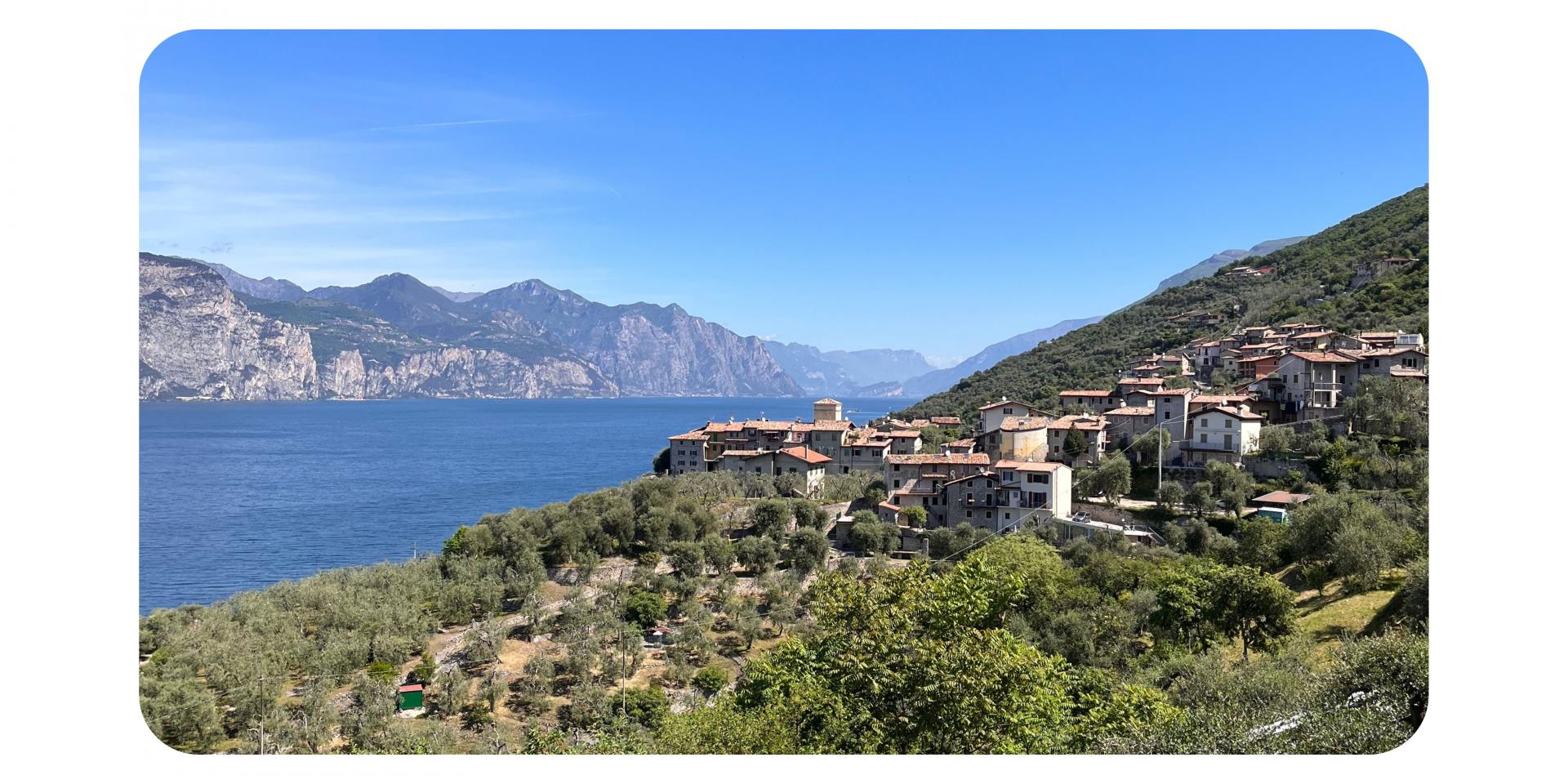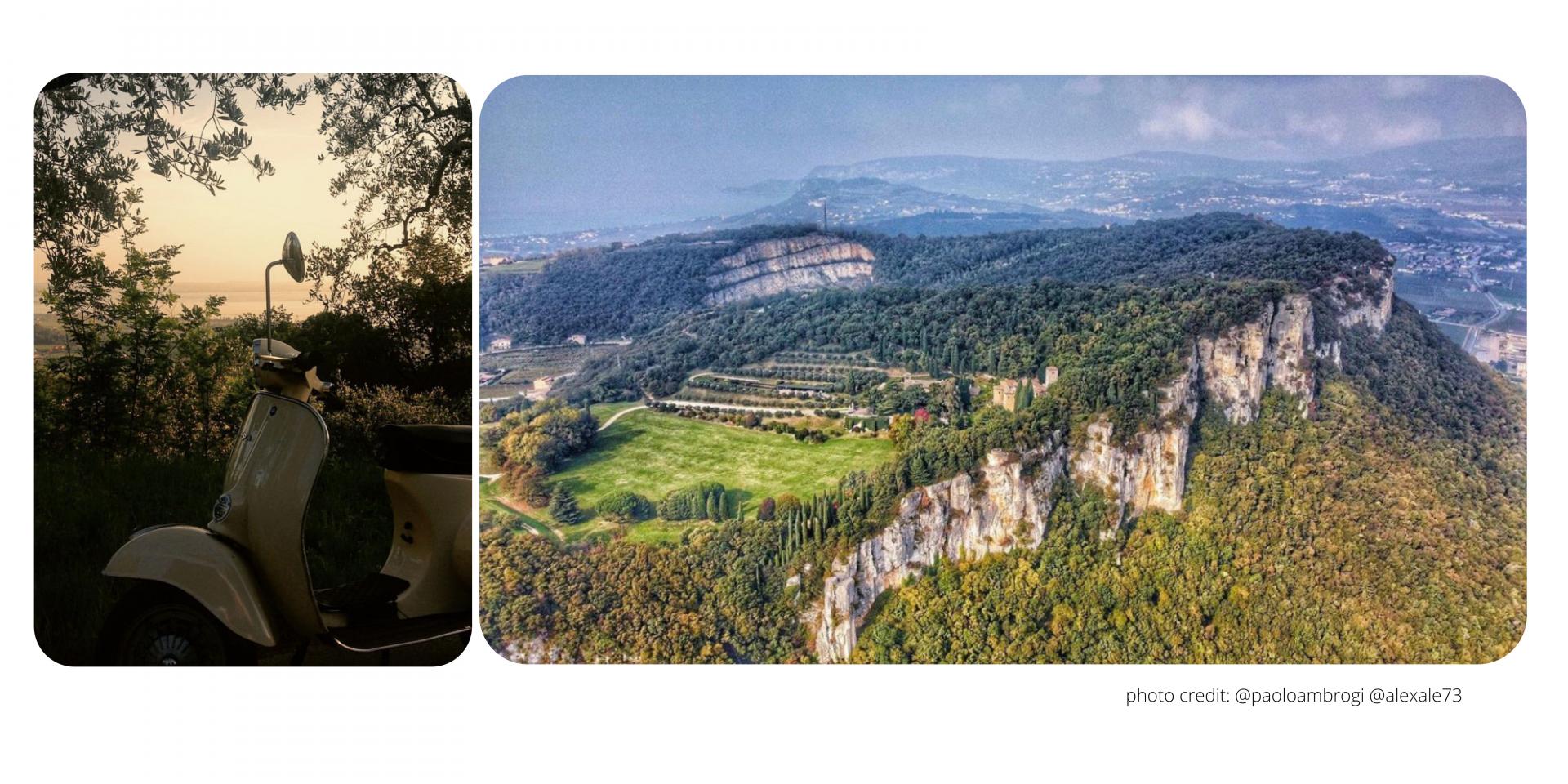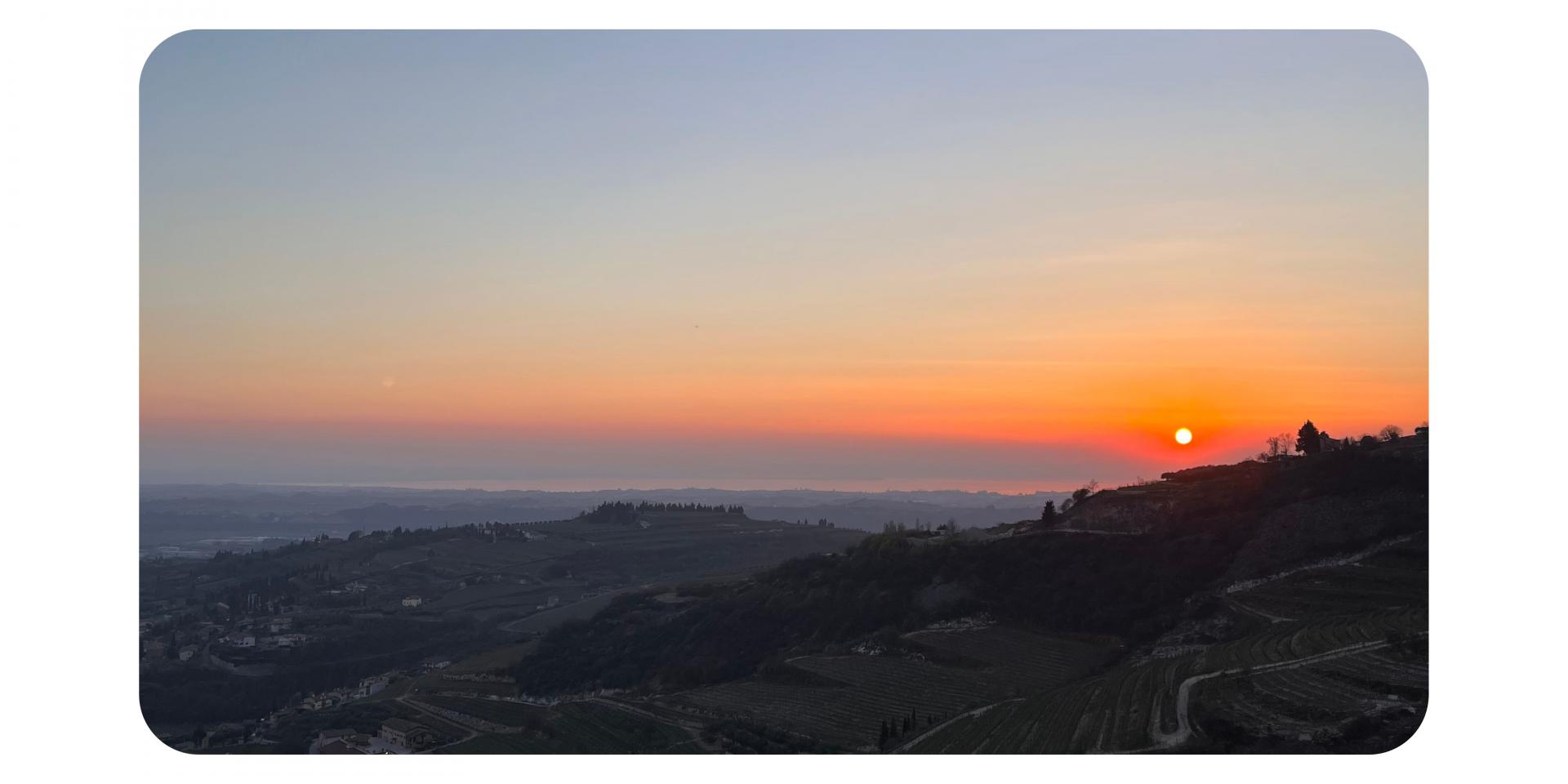Giovanna
Guest Experience Manager
“I am a lending hand. I make sure that customers get all the attention they need and fully enjoy their holiday.”
3 hidden villages on Lake Garda
Lake Garda is truly a little treasure, a treasure with a wealth of resources. Many of us are born and bred here but while we admit to being naturally biased, the setting, from the landscape to the food, and from the climate to the range of activities, is in reality so beautiful that even we find ourselves quite overwhelmed by our surroundings. And so we’ve asked Gloria, Valerio and Federica to tell us more about the region’s prettiest, off-the-beaten track villages. Join us in finding out more!
Gloria’s favourite village: Campo

Gloria didn’t need to give it a second thought – she immediately identified Campo as her favourite village. Campo is a small hamlet in Brenzone sul Garda in the Veneto’s Verona province.
The village is only accessible on foot. You set off from Castelletto di Brenzone, Mugugnano or the hamlet of Prada along a lovely meandering walk through the olive groves.
Both timeless and extremely evocative, the village has spectacular views in every direction.

This under the radar village has become a fantastic spot for summer hiking.
When it comes to history, there are records of Campo di Brenzone existing back in 1023. Today, amongst the traditional stone houses, and surrounded by greenery, stand the remains of the castle.
It’s definitely worth visiting the humble Chiesa di San Pietro with its unique Byzantine-influenced frescoes. So charming!

Despite the lack of inhabitants in the village, its magical atmosphere attracts visitors all year round thanks to several events which make the most of the allure of what’s left of the village.
On August evenings, for example, the air is filled with the sound of music thanks to the ‘Notti Magiche a Campo’, involving a selection of Italian performers.

Incaffi – A special place in Valerio’s heart
Valerio is completely smitten with Incaffi, a tiny medieval hillside village that overlooks the waters of Lake Garda.
The views here are superb – across olive groves, vineyards and woods.
Valerio recommends breathing in the timeless atmosphere of this tiny little corner of the world and allowing yourself to be enveloped by the miracle of nature.

From here, you get magnificent views of many of the most charming little villages that dot the lower slopes around Lake Garda. Depending on the season, these tiny hamlets put on a number of traditional shows and festivals.
Why not get into the spirit of things and join in?
Enjoy entertaining, relaxing evenings with great food and the chance to try simple but tasty food prepared using local products. Exactly what you need on holiday!
Federica and the lazy mob
Federica recommends visiting San Giorgio, a little hamlet of Sant’Ambrogio di Valpolicella which, as a result of its position, has been given the unique nickname of ‘Ingannapoltron’.
Want to know more? When observed from below, the village looks very close and easy to reach. In reality, the path up to it is both long and arduous, requiring you to follow a tortuous cobblestone track that climbs up through the vineyards. Hence San Giorgio’s nickname ‘Ingannapoltron’, which translates literally as ‘tricking the lazy’!

Despite a lack of water, the area’s perfect climate and enviable location has allowed the cultivation of cereals and vineyards.
On the clearest days you can enjoy wonderful views, seeing beyond the terraced vineyard carpeted hillside of La Grola, to Lake Garda, the Veronese prealps, and all the way to Sirmione with its Scaligero Castle and the Grottoes of Catullus.
The parish church in San Giorgio is one of the most important monuments of the Romanesque period in the Veronese region. Built from local limestone, it has a somewhat austere appearance. Dating back to 712AD, it was built on the ruins of an existing pagan temple constructed by ancient inhabitants of the Veronese territory.
The church has apses on opposite sides which bear witness to the different phases of construction: the apse on the west side and the wall setting belong to the high medieval period, while the three apses on the east, the bell tower and the cloisters belong to the Romanesque period.
Have we tempted you to visit these villages around Garda? Which one will you start with? Whichever it is, enjoy your walk!
